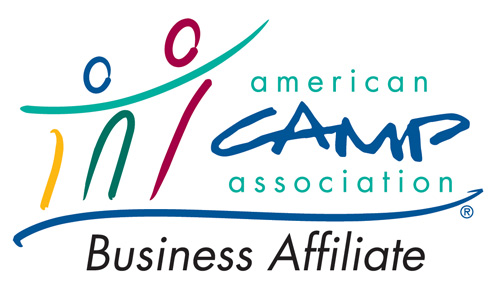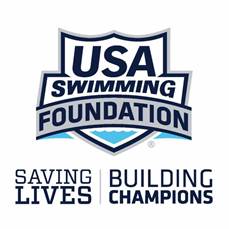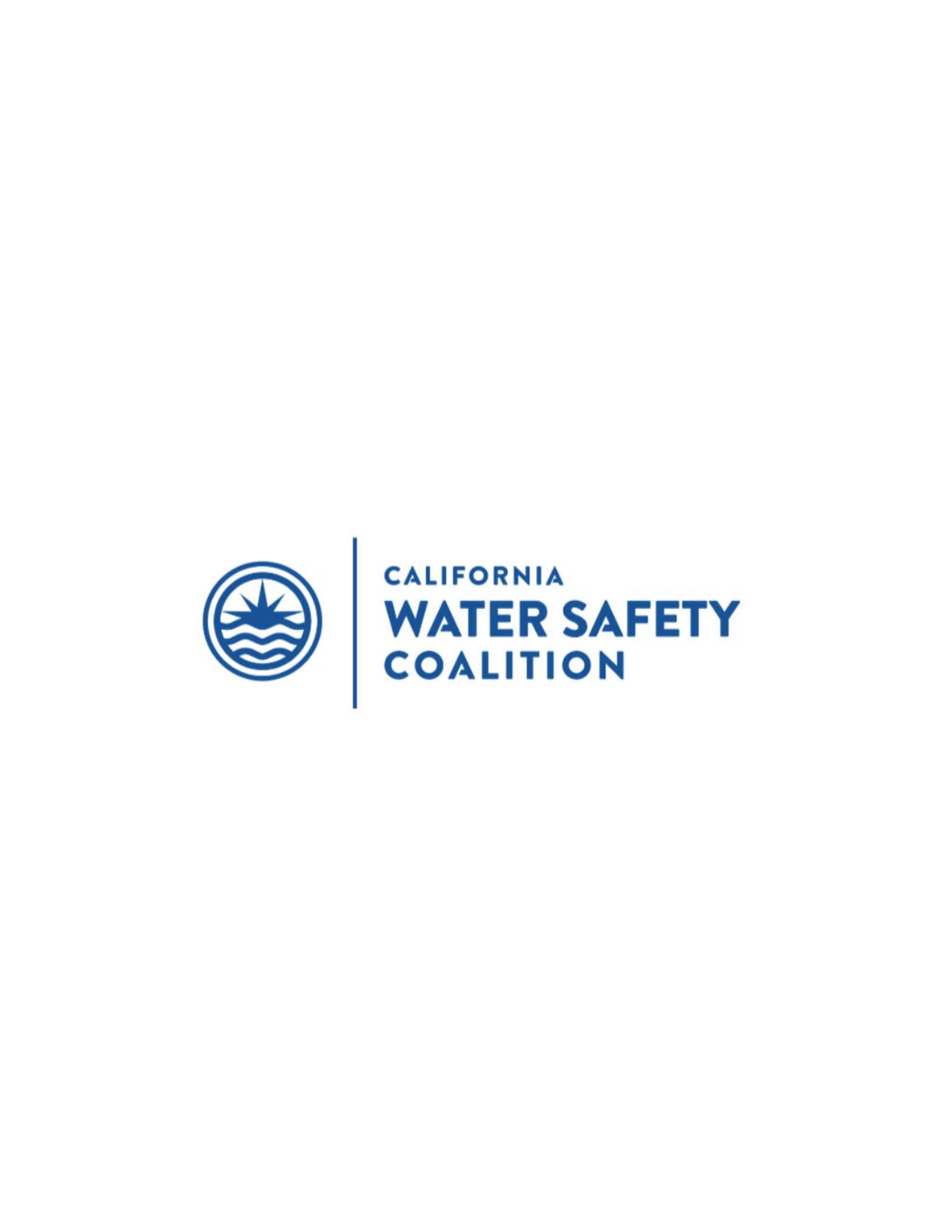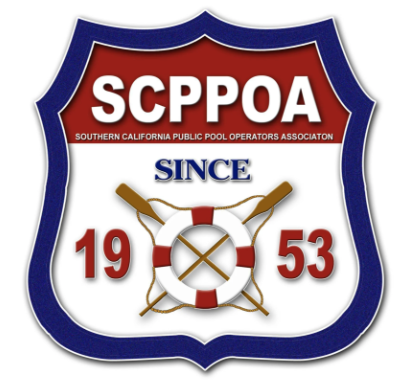Learning To Swim The Freestyle
Are you interested interested in learning how to swim proper freestyle? Have you attempted to teach yourself? This blog will break down the stroke mechanics of Freestyle so that you can think about these different aspects while you are in the pool practicing. Freestyle is the fastest way to move the human body through water with alternate arm movements, a consistent flutter kick, body positioned on the chest, and a core rotation on the long axis.
There are 4 components to the stroke of Freestyle.
#1. The Pull
Imagine you are floating on your belly, looking down at the bottom of the pool. Your body is positioned in a “streamline” fashion which basically means you are straight as an arrow. The pull begins by extending one arm overhead, directly in front of your shoulder, while your other arm remains at your side. While you extend this arm overhead, the goal is to rotate the body to the side. For example, if you are starting the pull with your right arm overhead, you would rotate your body to the left (hips, chest, legs, etc). This would allow you to maximize the second phase of the stroke which is referred to as the catch.
The catch is completed by the moving the arm that is overhead down the side of your body towards your hip. The goal here is to set the upper part of the arm (shoulder to elbow) at a wide angle so your elbow is pointed outward and your hand is closest to your body. Your hand and forearm will face back on the water. The pitch of your hand transitions from a shoulder width position to an interior position as you complete the catch phase. The hand will get closer to the body as you finish the diagonal phase of the stroke. The end of the propulsive pull phase of freestyle will end near your hip. You should not straighten your arm during the finish of the stroke, but rather keep it bent as you press back.
#2. Stroke Timing and Core Movement
Elite swimmers time their arm movements and drive the core on the long axis in near identical timing. As the right arm extends forward, the left arm finishes the pull cycle. The pull cycle is when the arm is no longer in the water but returning from hip to forward overhead stance which brings you back to the beginning of the pull (see #1). While the right arm extends forward, your hips should rotate up on the left side to follow the momentum of the finishing arm (right arm). The right side of the body is in charge of the pull, at this point, and will extend forward rather than rotate. While practicing freestyle, your hips will continue to rotate on the long axis which follows the momentum of the arm pull.
It is important to engage your upper core to be able to balance on the long axis. While you are swimming this stroke, there is a mild diagonal twist to the core. The best most efficient way to maximize your arms/hands, is to keep your wrists straight, and your forearm and hand in line. Try and use your limb as one giant paddle propelling you forward.
#3. The Kick
The kick performed in the freestyle stroke is called the flutter kick. The flutter kick is an up and down motion, where power originates from the hips. We want a slight bend in the knee and to keep the ankles relaxed and agile so that we have full extension of our feet to move forward and backward as easily as possible. You will not flex the foot in the flutter kick.
The number of kicks per stroke cycle in the stroke of freestyle varies. Most athletes use a 2-beat, 4-beat or 6-beat kick while swimming. A two-beat kick is one kick per leg, per full stroke cycle. A 6 beat kick is 3 kicks per leg, per full cycle. The more kicks per stroke cycle, the more propulsion created and the faster the swimmer will go.
#4. Breathing
Breathing technique in freestyle might be the most important aspect of the stroke. If the technique is off, the breath is off and it will be difficult to get very far without adequate oxygen and efficiency. Taking a breath is a combination of turning the head to the side and rotating the core on long axis. Normally, while you are not taking a breath in freestyle, your head will be at a neutral position where you are looking down. As some coaches like to say, with the water line at your forehead, right above the brow line. As you are extending your left arm for example, your the right side of your body will rotate as your right shoulder breaks the surface of the water. Naturally, this would be the idea time to turn the head to the right side as your rotated to the right. The timing of the breath is taken simultaneously with the core movement. The goal is to keep an inline body position as you turn the head to the side, you do not want to lift the head up. After taking the breath, the head turns back to the water in a neutral position.
It is very important to note the basics while performing the side breath in freestyle. When the head is in a neutral position and you are in between in breaths, you should be exhaling or blowing bubbles out so that when you turn the head to the side to intake oxygen, you are ready to inhale.



We hope you enjoyed reading this article and that you have gained insight into the mechanics behind the stroke of Freestyle. If you would like our Team to help you progress with your stroke technique and want more information on our swimming programs, please review our programs here : Adult Swimming Lessons
This Article is brought to you by: The Swimming Swan












